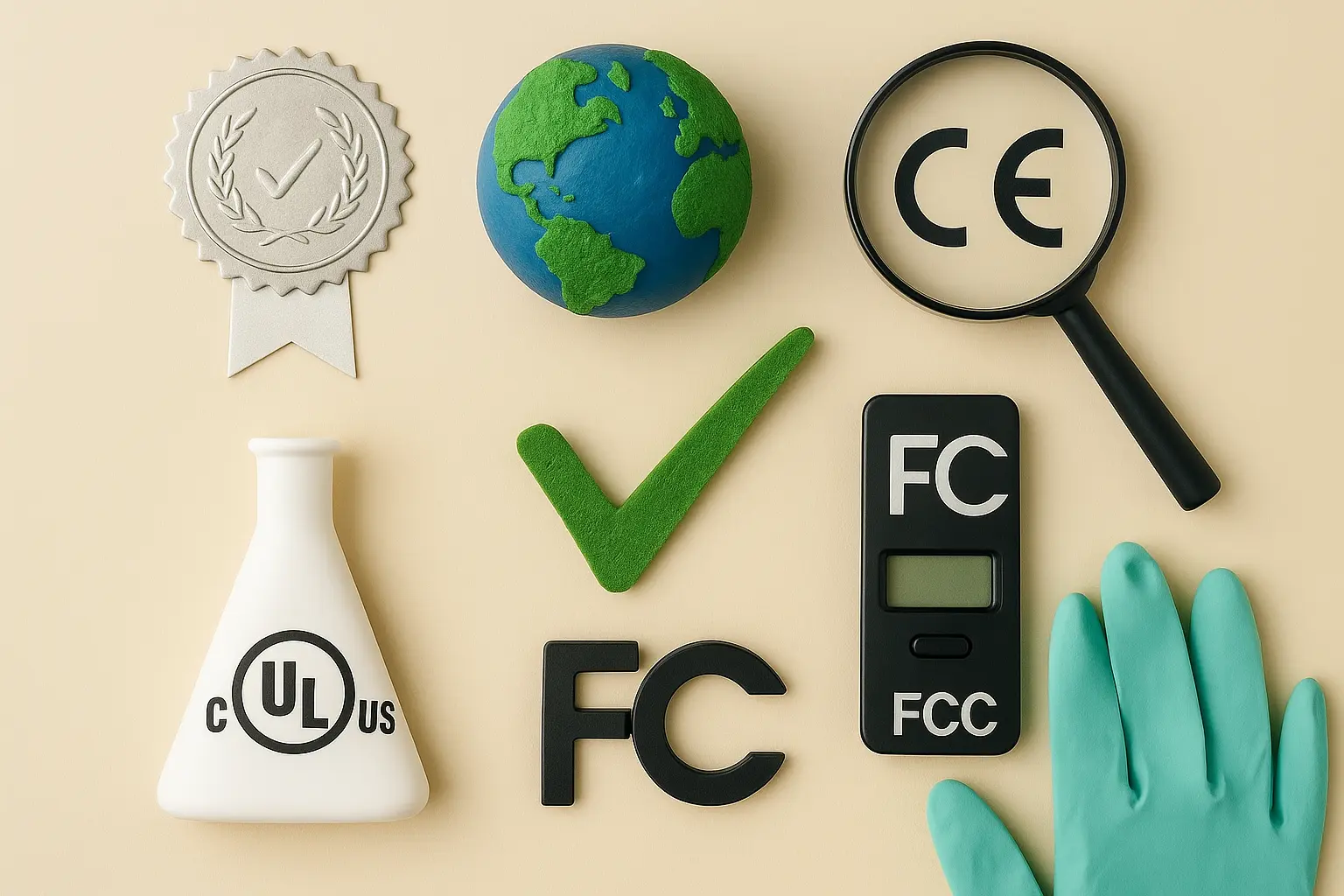Blood Pressure Monitor Certification
The certification of blood pressure monitors is crucial in ensuring that these devices meet stringent international standards and provide accurate measurements. This certification process ensures that the product complies with regulatory requirements, enhancing trust among healthcare providers, patients, and other stakeholders.
International standards such as ISO 81060-2 and IEC 60601-2-3 are pivotal in this context. These standards specify performance criteria for blood pressure monitors, ensuring that they can accurately measure systolic and diastolic pressures under various conditions. Compliance with these standards not only ensures the reliability of the device but also protects public health.
The certification process involves a series of tests to validate the accuracy, precision, stability, and repeatability of the blood pressure monitor. These tests are conducted using standardized procedures and calibrated equipment to ensure consistent results. The testing typically includes:
- Static calibration checks
- Dynamic performance assessments
- Measurement error analysis
- Inter-laboratory comparison studies
- Stress testing under various conditions (temperature, humidity)
The importance of this certification cannot be overstated. Misdiagnosis or incorrect readings from a blood pressure monitor can lead to serious health risks and complications. Therefore, manufacturers must adhere strictly to the prescribed standards. This not only enhances product quality but also fosters consumer confidence in the brand.
By obtaining such certifications, manufacturers are aligning their products with global best practices, thereby ensuring that they meet or exceed regulatory requirements. This is particularly important for companies operating internationally, as it ensures uniformity and consistency across different markets.
Why It Matters
The certification of blood pressure monitors directly impacts the accuracy and reliability of healthcare services provided to patients worldwide. When a monitor passes these rigorous tests, it means that the device can consistently provide accurate readings under various conditions. This is critical because inaccuracies in blood pressure measurements can lead to misdiagnosis or incorrect treatment decisions.
For quality managers and compliance officers, ensuring that their products meet international standards is not just a regulatory requirement but also an ethical obligation. It demonstrates a commitment to providing high-quality healthcare solutions that are safe, effective, and reliable.
In the context of R&D engineers, obtaining these certifications provides validation that their innovations align with global best practices. This can accelerate market entry and improve product acceptance in various regions. For procurement teams, this certification ensures that they are selecting suppliers who adhere to high standards, thereby reducing the risk of subpar products entering the supply chain.
The stakes involved are high. Inaccuracies or failures in blood pressure monitors can have severe consequences for patients. Therefore, ensuring compliance with international standards is essential not only from a legal standpoint but also from an ethical one. The certification process serves as a safeguard against such issues and reinforces trust in the healthcare industry.
Customer Impact and Satisfaction
The impact of certified blood pressure monitors on customers, particularly patients and healthcare providers, is profound. When these devices are accurate and reliable, it leads to better health outcomes and improved patient satisfaction. Healthcare providers can trust the readings from these monitors, which enhances their ability to make informed decisions about patient care.
For patients, this means peace of mind knowing that they are receiving accurate measurements. This is particularly important for those with hypertension or other cardiovascular conditions who rely on regular blood pressure monitoring as part of their treatment regimen. The consistency and reliability provided by certified devices can also reduce anxiety associated with frequent monitoring.
In terms of customer satisfaction, certified blood pressure monitors contribute to a positive brand image and reputation. Patients are more likely to recommend products that have undergone rigorous testing and meet international standards. This can lead to increased market share for manufacturers who prioritize certification.
The importance of this cannot be overstated. In the healthcare industry, trust is paramount. When patients feel confident in their medical devices, it fosters a sense of security and encourages adherence to prescribed treatment plans. This, in turn, leads to better health outcomes and improved quality of life for individuals and communities.
Competitive Advantage and Market Impact
The competitive advantage derived from obtaining blood pressure monitor certifications is significant. These certifications not only ensure compliance with international standards but also provide a benchmark against which competitors can be measured. This can lead to increased market share, improved brand reputation, and enhanced customer satisfaction.
- International Recognition: Certification signifies adherence to global best practices, making products more attractive to international markets.
- Trust and Confidence: Patients are more likely to trust and recommend certified devices, leading to increased market share.
- Regulatory Compliance: Compliance with standards reduces the risk of legal issues and ensures that products can be sold in multiple regions without modification.
- Innovation Validation: Certification validates that a product meets or exceeds regulatory requirements, which can accelerate market entry for innovative devices.
The market impact is equally notable. In a highly competitive healthcare device industry, certified products stand out as high-quality and reliable options. This can lead to increased sales, enhanced brand reputation, and greater customer loyalty. Additionally, certified products are less likely to face recalls or other quality issues, further bolstering the manufacturer's position in the market.
The certification process also drives continuous improvement within manufacturing processes. Manufacturers who invest in obtaining these certifications often see improvements in product quality and reliability, which can translate into long-term competitive advantages.





